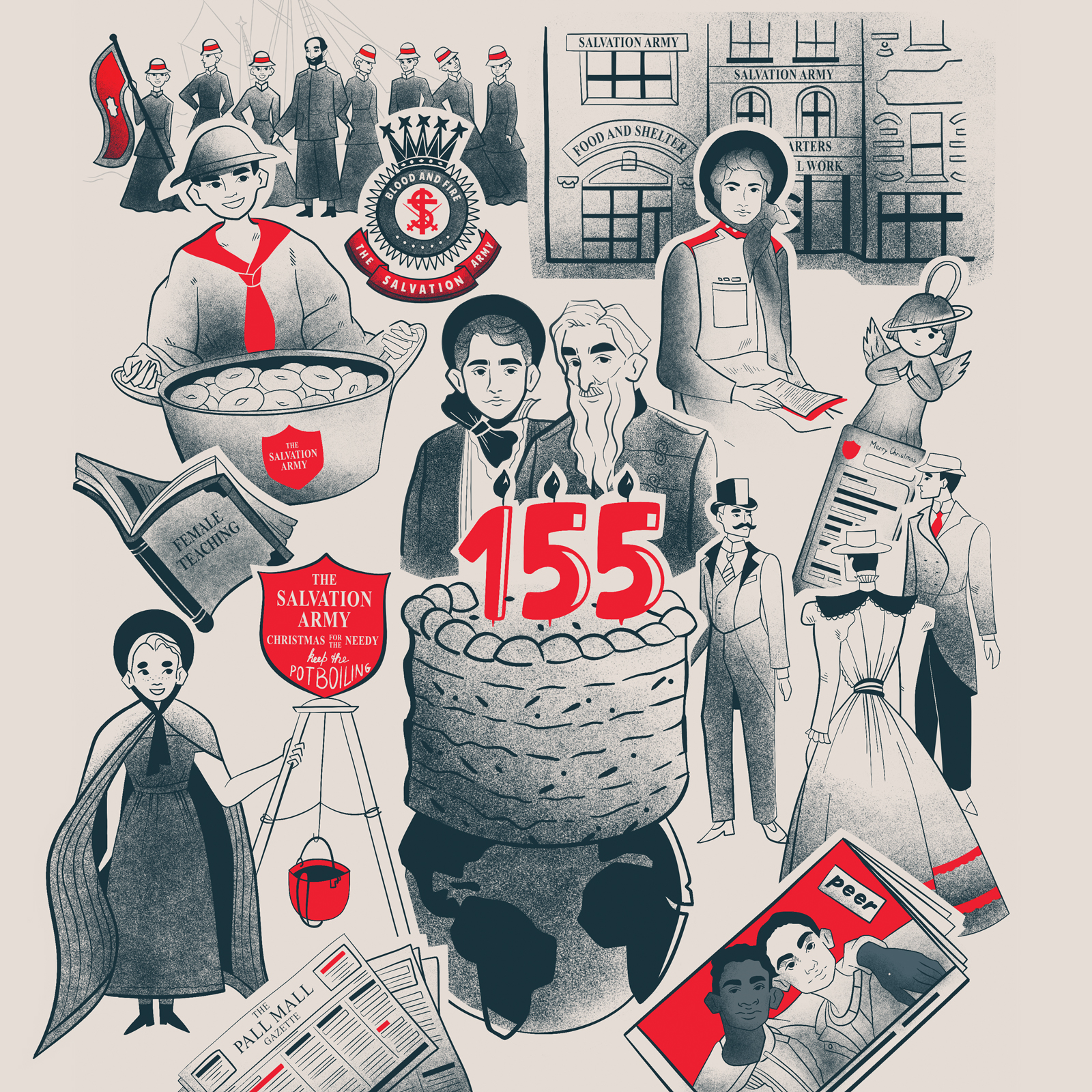 Image Credit: Lesia Artymovych
Image Credit: Lesia Artymovych
A Brief History of The Salvation Army
“A salvation that does not lead to service is no salvation at all.” – Catherine Booth“A salvation that does not lead to service is no salvation at all.”
Catherine Booth, co-founder of The Salvation Army
Let me tell you a story of faith, adventure, sacrifice, foreign lands and languages, self-discovery and the birth of something new. It is a story of ordinary people doing extraordinary things. It is the story of The Salvation Army.
But where did this all begin? The Salvation Army has always been there. Even in our grandparents’ and great grandparents’ time, The Salvation Army was there. Born in the rough streets of the east of London, England in the 1860s (yes, the 1860s), its founders were William and Catherine Booth and a small dedicated following of Christians who were concerned about the spiritual life of the poor in east London.
William Booth was a naturally gifted individual. At the age of 16, he converted to Christianity and began his street preaching career. By the age of 22, he had been given the opportunity to be a freelance evangelist and became a well-known preacher within the Methodist movement.
Catherine Booth (maiden name Mumford) was also gifted with a brilliant, analytical mind and by the age of 12, had read through the entire Bible eight times! In 1851, she met young evangelist William Booth. They began writing to each other as William accepted a position as a circuit preacher. In an age before Snapchat or FaceTime, letters were their only way to communicate.
Catherine and William finally married in 1855 and began their family that would include eight children in total.
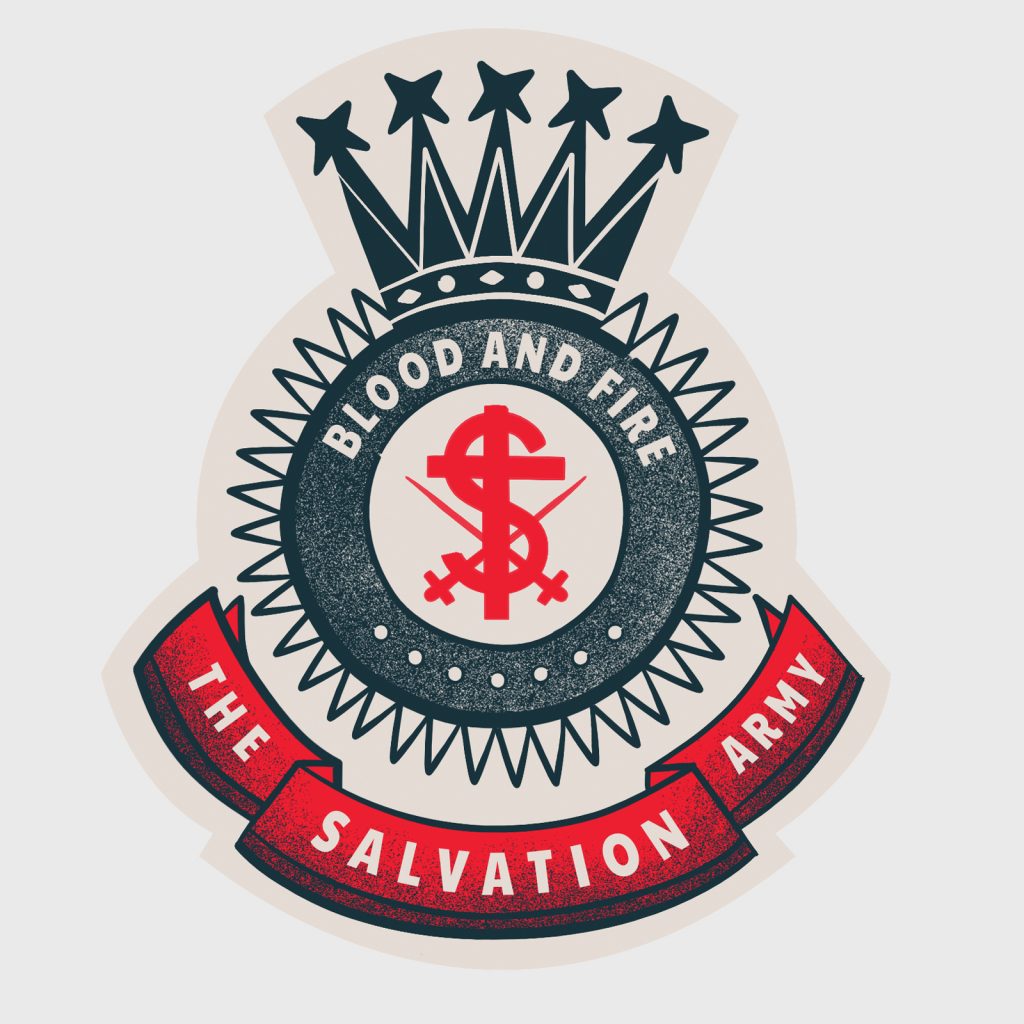
The Beginnings of an Army
Booth family then moved to London, and William was often invited to speak at various church services. One evening, he was passing by a local pub called “The Blind Beggar” where a group of Christians were speaking to the crowd. After noticing William, the leader asked him to speak; by the end of the night, the Christians asked if he would like to speak regularly at their tent meetings—William would gladly accept.
Finally, in 1865, it was decided that this group should formally organize. So, in July, the East London Christian Mission was begun. William Booth was selected as the group’s General Superintendent, and the organization was run by committee.
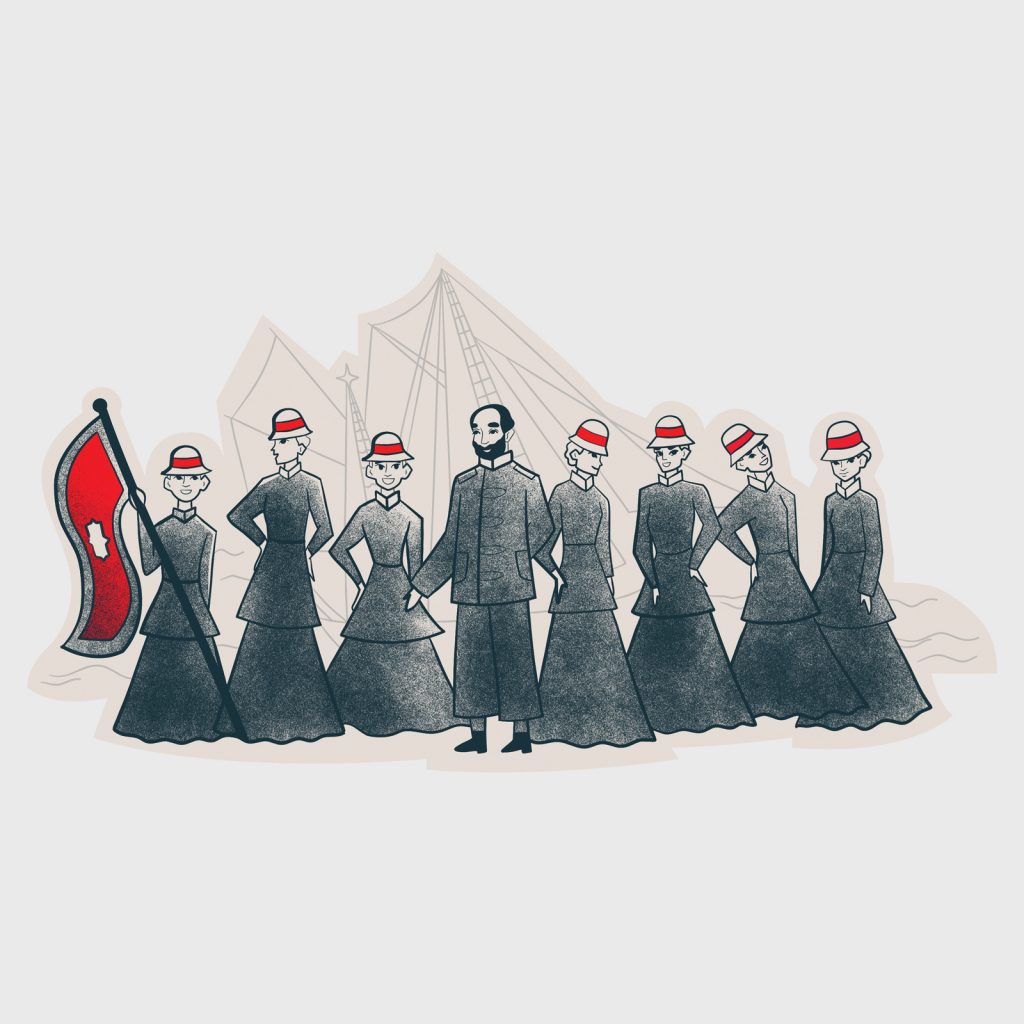
Okay, but how did The East London Christian Mission become The Salvation Army?
By 1868, the Mission had spread to many locations around Britain. So, the group changed its name to just The Christian Mission. Its local leaders were called “evangelists,” and were given specific instructions regarding dress, deportment and helpful tips about leading a local mission. Some of the evangelists were women, and their assistants were often young, recently converted teenagers.
Bramwell Booth and George Scott Railton (the Mission’s secretary) were reviewing the annual report when the title page said, “The Christian Mission is a Volunteer Army.” Bramwell argued that he was no volunteer but a “regular.” William Booth strode over to the table, crossed out the word “volunteer” and wrote “salvation.” The Christian Mission was now a Salvation Army.
At the War Congress of 1878, Booth announced that evangelists would now be called Captains, and their assistants would be Lieutenants. He was now the General, and more instructions would follow. The Christian Mission Magazine was renamed to The War Cry. Ranks and uniforms would all eventually evolve as the group exploded with growth, not only in Britain, but all over the world.
From London to the World
It was a 16-year-old Lieutenant named Eliza Shirley that would bring the newly-named Salvation Army to America. She had been accepted as an assistant just after the name change and was commissioned as a Lieutenant. At times, the only thing she had to eat were nearly inedible crackers that had been stored in an old kerosene tin. When her parents decided to immigrate to America in 1879, Eliza sought permission to accompany them and to begin preaching in America.
General Booth was not happy with this decision. He thought that she should remain in Britain as an officer, and also, he was not ready to expand the work into America. However, Eliza pleaded with him, and the General relented, giving her verbal permission to go and to “start something along the lines” of The Salvation Army.
One year later, The Salvation Army sent its first “official” delegation. Consisting of George Scott Railton and seven ladies (since dubbed the Hallelujah lassies), they arrived in New York with little public fanfare. Within days, the early Salvation Army had issues. America was vastly different than Britain. Rules and laws were different—but Railton persisted. In 1881, he launched the American version of The War Cry.
The Salvation Army experienced tremendous growth in America and all over the globe. Officers, as ordained ministers, and Salvationists as members of The Salvation Army, were sent out to neighboring towns to “start something.” Often, they only arrived in town carrying a suitcase and the Army flag.
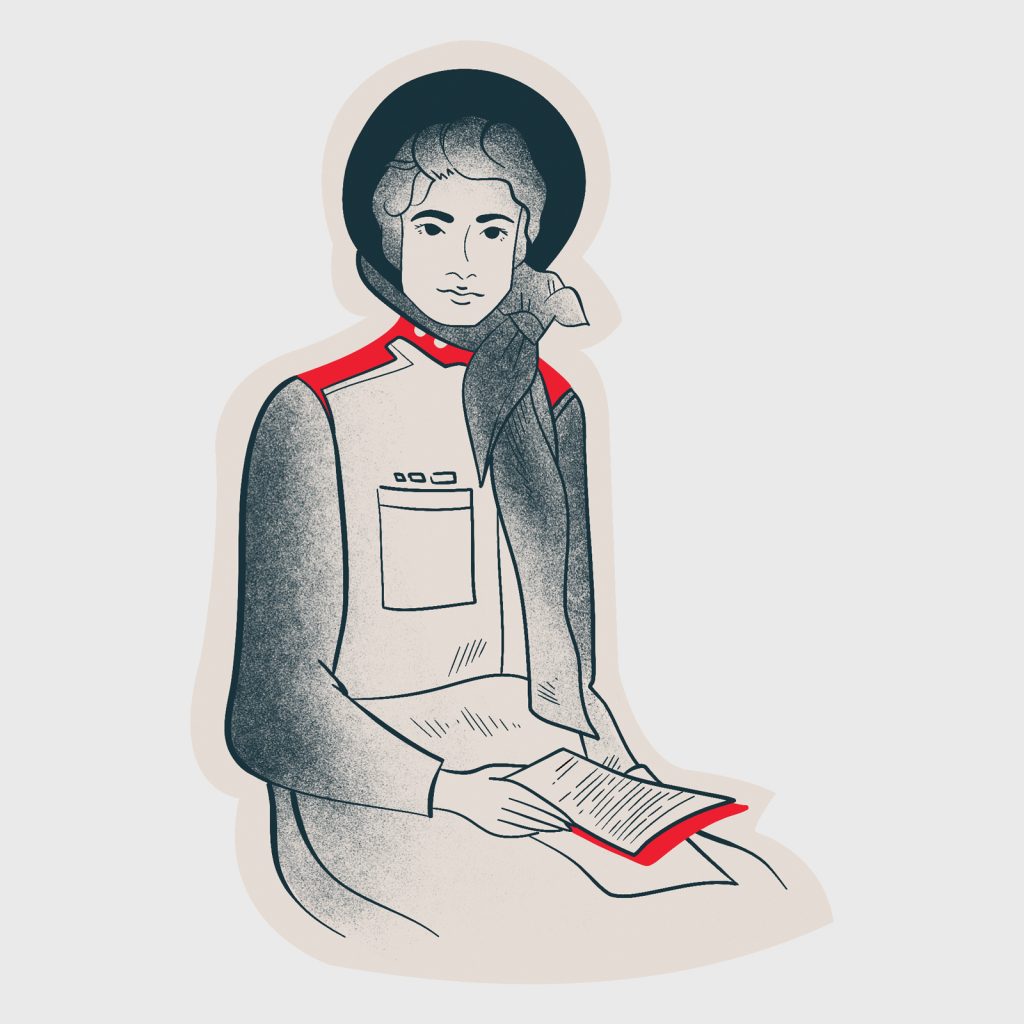
Catherine Booth passed away in October of 1890 and that same year William Booth wrote “In Darkest England and the Way Out.” An international bestseller, Booth laid out his ideas for reforming society and elevating the poor of the urban cities.
Then in 1904, one of the most celebrated, flamboyant and misunderstood leaders arrived in New York. She had been involved with Salvation Army ministry since the age of 15. When her sister, Emma Booth-Tucker, was tragically killed in a train accident, the General sent her to take command. Evangeline Booth would serve as the National Commander in America for the next 30 years. While she was serving as National Commander, her father, William Booth, co-founder and first General of The Salvation Army, passed away in 1912. Under Evangeline’s command (including during WWI), The Salvation Army continued to preach the Gospel message and to meet human needs in His name without discrimination.
20th Century and Beyond
In most communities, The Salvation Army is a leader of social outreach and assistance to families. George Barna, founder of The Barna Group, called The Salvation Army “the most effective organization.” Today, The Salvation Army is active in 131 countries around the world. The Gospel is still being preached, the poor are still being helped, children are being fed, the alcoholic is being treated and social reform continues to be a priority.
The work of The Salvation Army has and is taking on many different forms and reaching millions of people. Halfway houses, Adult Rehabilitation Centers (ARCs), schools, hospitals, children’s homes, Boys & Girls Clubs—all this and so much more. Every single ministry was and is born from the desire to be God’s hands and feet so that, as physical needs were being met, the Gospel could be shared.
Each Christmas, The Salvation Army assists with providing food boxes along with clothing and Angel Tree gifts for families, as well as raising money through its annual Red Kettle Campaign, which funds community and social service programs like rental or utility assistance throughout the year. This Christmas, due to the COVID-19 pandemic, The Salvation Army is anticipating an exponential increase in need. With that need in mind, and the understanding that the pandemic will restrict in-person kettle efforts, The Salvation Army has launched #RescueChristmas in an effort to engage volunteers and raise funds to continue said services this Christmas and throughout 2021.
Even through recent world-changing events, The Salvation Army continues its primary mission and ministry. Each Sunday, the doors are flung open, and the whom-so-ever can come and worship, and Salvationists of every nation can sing with gladness and joy:
I serve a risen Savior, He’s in the world today!
…you ask me how I know He lives?
He lives within my heart!
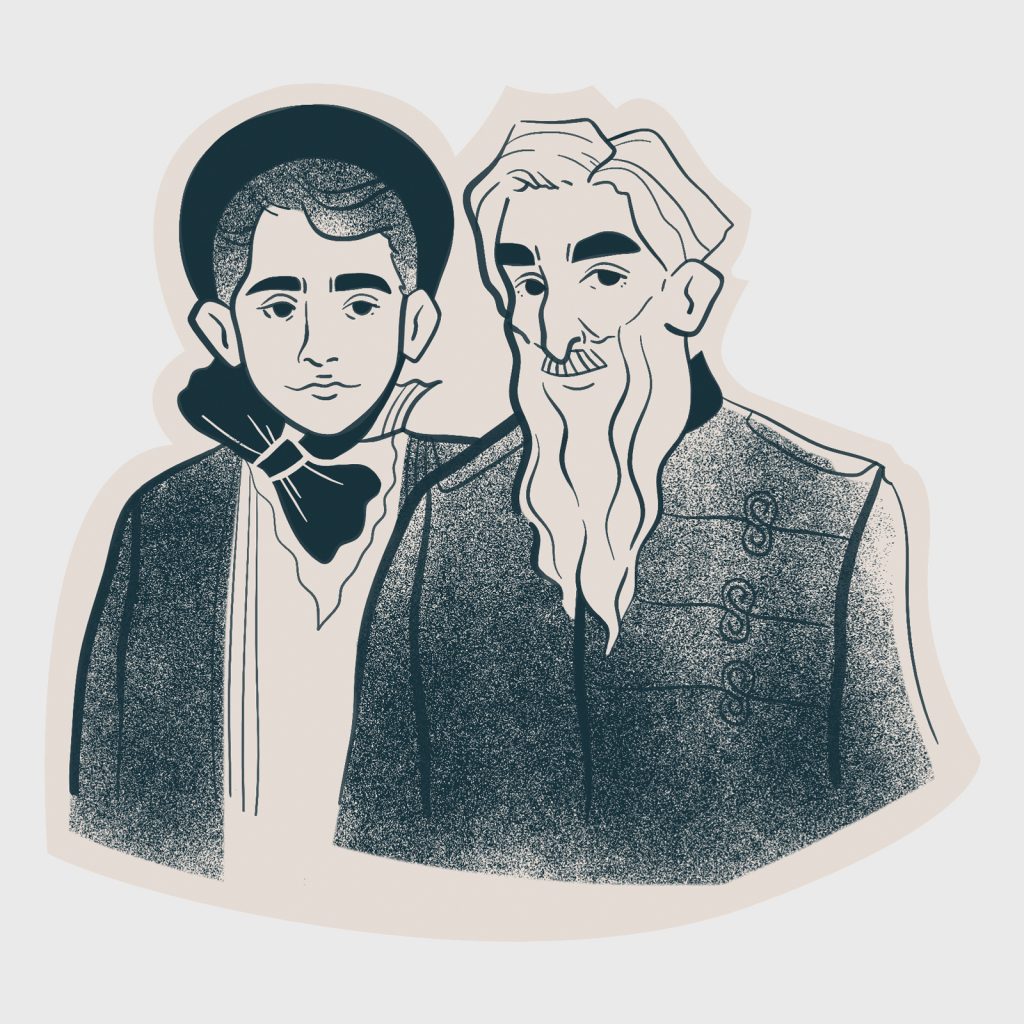
salvation army glossary
- Corps: A Salvation Army church established for the preaching of the gospel, worship, teaching and fellowship and to provide Christian-motivated service in the community.
- Corps Cadet: a young Salvationist between 7th grade and age 24 who undertakes a Bible-based course of discipleship and leadership in a corps.
- General: The officer elected to the supreme command of the Army throughout the world.
- Officer: ordained minister of the Christian faith
- Salvationist: A person of any age, uniform-wearing or not, who attends The Salvation Army and claims it as their spiritual home.
- Uniforms: labels Salvationists anywhere as set apart for Jesus, marked as one eager to pray with and to help others.
- The War Cry: a monthly magazine devoted to sharing the love of God without discrimination and representing The Salvation Army’s mission of serving human need.
For a full in-depth Salvation Army glossary, visit peermag.org/aboutthesalvationarmy.
This article was originally titled “From Darkness Into Light” in the December 2021 issue of Peer.



